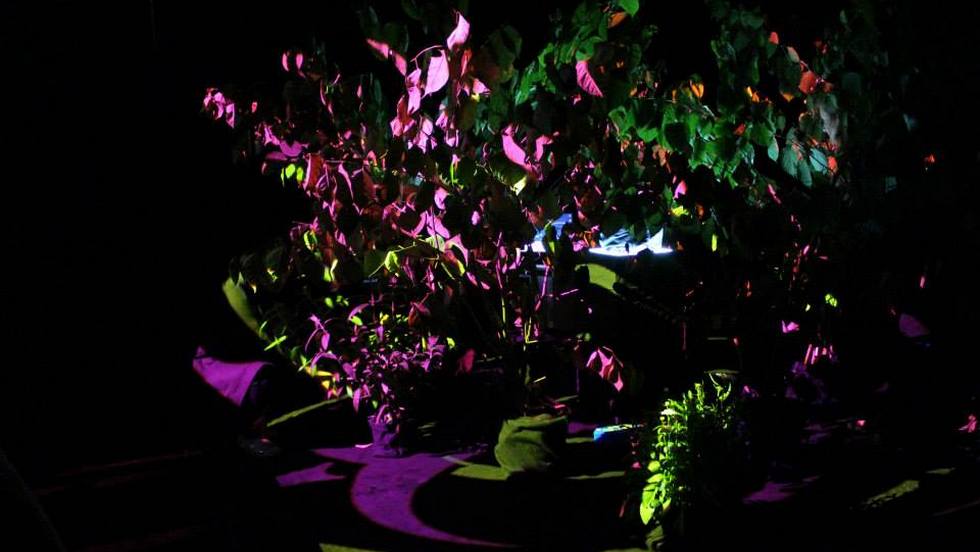Invasive Sounds
Robertina Sebjanic, Maja Smrekar, Miha Tomsic
Rückblick:
Default Gallery Type Template
This is the default gallery type template, located in:
/var/www/vhosts/wuschelkopf.at/vorbrenner.org/wp-content/plugins/nextgen-gallery/products/photocrati_nextgen/modules/nextgen_gallery_display/templates/index.php.
If you're seeing this, it's because the gallery type you selected has not provided a template of it's own.
Fotodokumentation (PDF)The project INVASIVE SOUNDS has been executed as a successful collaboration between the Slovenian artists Robertina Šebjanič, Maja Smrekar, Miha Tomšič and VORBRENNER,
where the artists spent 2 weeks at the residency.
1st residency week
In the first week of the residency the artists Maja Smrekar and Robertina Šebjanič have been preparing the materials for the performance and the workshop:
gathering informations on the topography of invasive species in Innsbruck
locating the spots of invasive plants in Innsbruck buying additional plants in different specialized shops ( Echinacea purpurea ) digging invasive plants from different spots in Innsbruck ( Buddleja davidii, Fallopia japonica ) planting the plants in the theatre as a scenography set up After getting in touch with biologists from Biological Institute Innsbruck they started establishing a dialogue on the botanical specimens of invasive species in Innsbruck and South Tirol. Additionally they came across web platforms with the informations from the experts regarding botanics which were providing them a deeper insight on the topic. Consequently the researchincluded field trips around the city and the region.The crucial advisor was prof. dr. Konrad Pagitz (Institute of Botany and curator at the Botanical Garden Innsbruck) who shared with them some of his research papers.
2nd residency week
The second week took place for the intense preparation for the performance which included: establishing the hardware infrastructure for the plants establishing the software for the hardware sound system fine tuning scenography, costumography, video, lights and sound system set up daily performance practices including the programer Miha Tomšič 13th June 2015 Performance and a public presentation Using a DIY system that interprets some levels of the plants’ existence, Robertina Šebjanič, Maja Smrekar and Miha Tomšič executed a live creation of sound and image, generated by locally growing non native invasive plant species (Buddleja davidii, Fallopia japonica and Echinacea).
Electromagnetic current, connected to the plants and the software (Pure Data, SuperCollider, Resolume), translated data into sound, transforming the invasive garden into a noisy electrical circuit of synthetic samples of organic liveness, the essence of which, both in nature and technology, was based on variants inside the origin of constantly equal repetition.
Public presentation
Performance was followed by a presentation on the global and local aspects of hybridizations, i.e. the changing mechanisms of natural selection, which often induce changes of indigenous plants inside ecosystems, thereby influencing the potential of their ecological niches, which in turn causes the outset of the sixth great species extinction on Earth.
Residency outcome
Invasive species migrations, a harmful subgroup of nonindigenous species in a specific local environment are leading to new potential diseases, adverse changes in ecosystem services, impoverishment of biodiversity, extinction of indigenous species and consequently devastation of fauna and flora in general. That poses a threat for the highest developed predators and especially humans!
We think we have established a strong collaboration with Freies Theater Innsbruck as well as a good dialogue with the performance public and workshop participants as well as we established a professional network with the botanical experts at the Institute of Botany and the Botanical Garden Innsbruck.
We would like to continue our artistic discourse on new possibilities of experiencing operation systems in nature and will be spreading the knowledge we gathered on this residency in our further international and local researches and projects.

